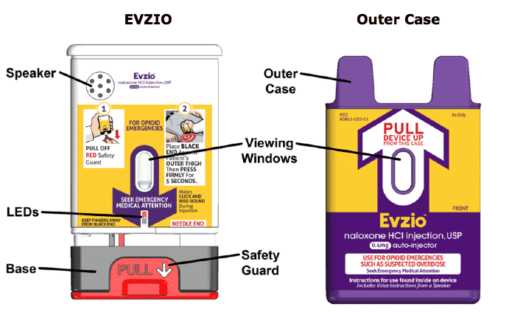NASA finally launched the most advanced Atlas V rocket carrying a probe for Solar Dynamics Observatory mission. The US space agency, NASA, has launched it this morning from Cape Canaveral in Florida. It was the second lift-off attempt after Wednesday’s effort was postponed due to high winds. NASA said that the mission will study the SUN in more details than ever. And the rocket has been sent for 5 years to study initially. Let us hope for the best.
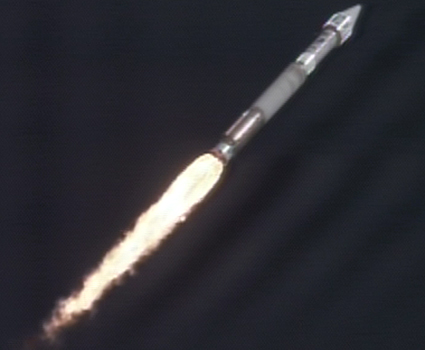
The rocket lifted off from Cape Canaveral, Florida, at 10:23 a.m. ET Thursday. NASA had delayed the launch three times Wednesday because of windy conditions. It was the 100th launch of the Atlas/Centaur combo, and was a gorgeous sight as it roared and soared into the blue Florida sky. “It was great; a beautiful launch,” said Dean Pesnell, SDO Project Scientist, immediately after the launch. “The rocket rises so slowly off the pad — it is wonderful to see. This is third Atlas launch I’ve seen and this is the best one so far.”
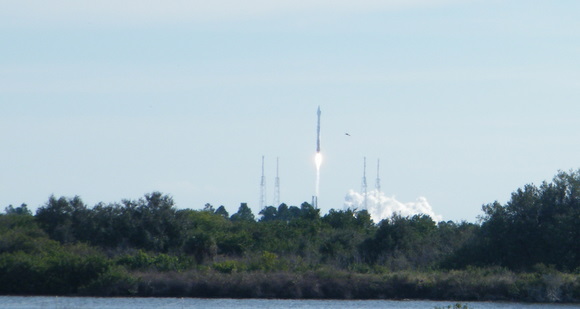
The viewers at Kennedy Space Center saw the Atlas rocket fly through a sundog just as the spacecraft reached Max-Q. “We saw this sundog come out and SDO flew right through it. Then the sun dog disappeared,” said Pesnell. “This may be the first time we’ve sent a probe through a sundog, and people will be studying this, so already we are learning things about our atmosphere from SDO.”
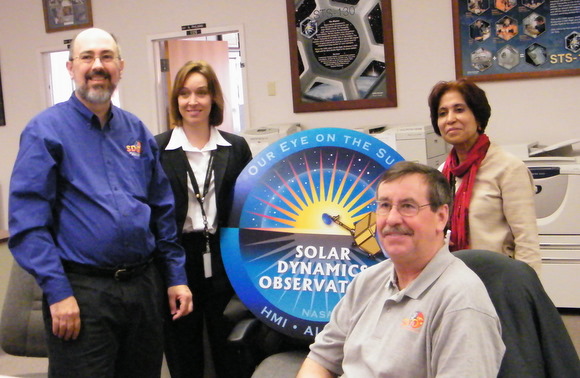
The agency says the first-of-its-kind observatory will provide a better understanding of the sun and its role in space weather events such as solar flares, which can wreak havoc on Earth.
The observatory is designed to deliver solar images with 10 times better resolution than high-definition television, according to NASA. Its five-year mission “will determine how the sun’s magnetic field is generated, structured and converted into violent solar events like turbulent solar wind, solar flares and coronal mass ejections,” according to the agency.
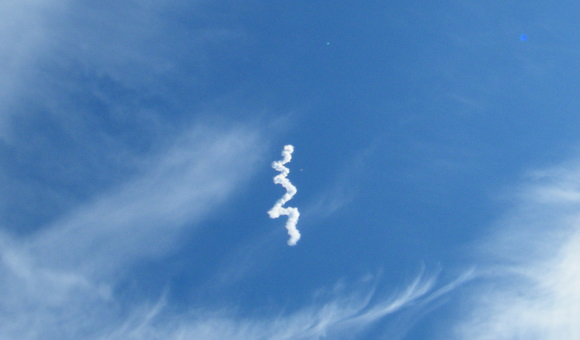
The solar wind, a stream of electrically charged particles flowing from the sun, fills the solar system with charged particles and magnetic fields, according to NASA. Solar flares are explosions in the sun’s atmosphere, the largest of them equal to billions of one-megaton nuclear bombs. And coronal mass ejections, or CMEs, are eruptions that launch solar material into space at a high rate of speed.
Such events can put astronauts at risk, as well as aircraft flying over Earth’s North or South poles, and can disrupt satellite communications, navigational systems and power grids, NASA said. In 1969, for instance, a solar eruption knocked a power grid serving Quebec, Canada, off-line for nine hours.
“That’s a direct impact on life and society,” said Richard Fisher, who is director of NASA’s Heliophysics Division and in charge of the launch.
In addition, changes in magnetic energy such as those around sunspots can change Global Positioning System signals, making them less accurate.
“If you’re landing a great big jet airliner in a low-visibility situation and you have one of these events that causes a misinterpretation of location by 150 to 200 yards, that’s big stuff when you’re trying to hit a runway with these instruments,” Fisher said.
High-definition, high-speed
“SDO is the solar variability mission,” said Lika Guhathakurta, the SDO programme scientist at Nasa Headquarters.
“It is going to revolutionise our view of the Sun and it will reveal how solar activity affects our planet, and help us anticipate what lies ahead.
“It will observe the Sun faster, deeper and in greater detail than any previous observations, breaking barriers of time, scale and clarity that have long blocked progress in solar physics.”
SDO’s instruments will return images with a resolution 10 times better than the average high-definition television camera, and those pictures will come back at a rapid rate, every few seconds.
The mission will try to unravel the factors that drive the Sun’s cycles of activity.
A key goal will be to probe the inner workings of the solar dynamo, the deep network of plasma currents that generates the Sun’s tangled and sometimes explosive magnetic field.
“The Sun has been dramatically inactive,” commented Richard Harrison, a co-investigator on SDO from the UK’s Rutherford Appleton Laboratory.
“The last two years has had more than 250 days of no sunspots whatsoever.
“We believe this minimum is coming to an end; all the signals are there. We are seeing new active regions. They actually start at the higher latitudes in the Sun’s atmosphere. Sunspots are forming; we’re seeing the first big solar flares.”
Professor Harrison explained: “The UK has played an important part in the scientific investment and planning for this mission, and we have supplied the CCD-based camera systems for two of the major instruments aboard SDO.
“With the launch under our belts we look forward now to the first images from SDO – showing the complex solar atmosphere in unprecedented detail.”
The $850m (£545m) Solar Dynamics Observatory will study the Sun from a geosynchronous orbit above the Earth, and will operate for at least five years.
Its three remote sensing instruments are:
• Helioseismic and Magnetic Imager (HMI): will study the motions and magnetic fields at the Sun’s surface, or photosphere, to determine what is happening inside the star. It will try to decipher the physics of the solar dynamo – the very source of Sun’s activity. The dynamo regulates all forms of solar activity from the lightning-fast eruptions of solar flares to the slow decadal undulations of the sunspot cycle.
• Atmospheric Imaging Assembly (AIA): is a suite of four telescopes that will image the corona, the outer layer of the Sun’s atmosphere. The AIA filters cover 10 different wavelength bands, or colours, from the extreme ultraviolet to visible. It will see details as small as 725km across. These images will be acquired every 10 seconds. Previous observatories have taken pictures at best every few minutes.
• Extreme Ultraviolet Variability Experiment (EVE): will measure the Sun’s energy output in extreme-ultraviolet (E-UV) wavelengths (this is called irradiance) with unprecedented precision. The Sun is at its most variable in the E-UV. E-UV rays can break apart atoms and molecules in the Earth upper atmosphere, creating a layer of ions that can severely disturb radio signals.
Source: NASA, SDO-NASA, BBC, CNN, Universe2Day


